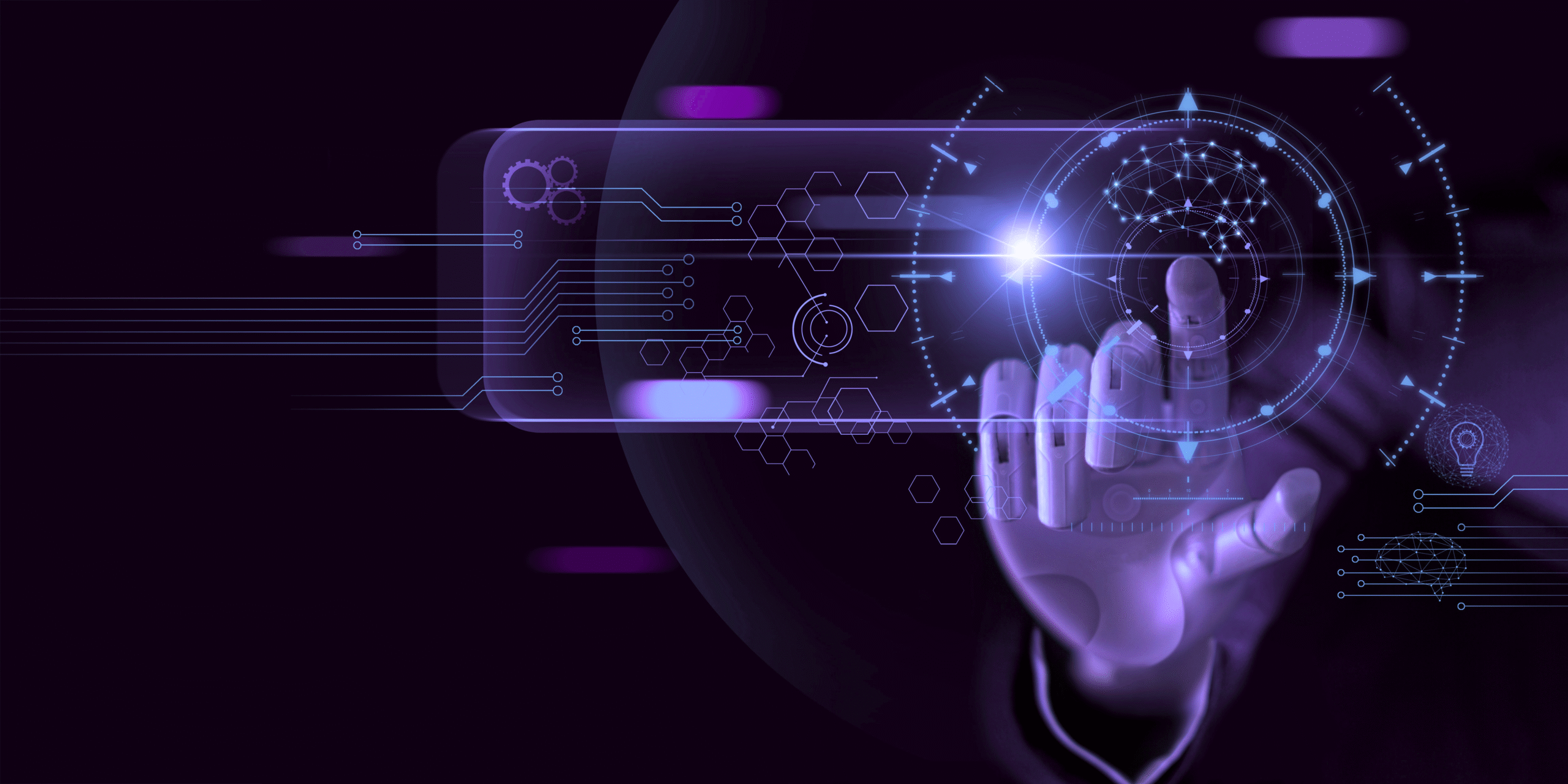Address
USA | India
Email
info@nexaitech.com

“Just add LangChain.”
“Plug in Pinecone.”
“Upload PDFs and go.”
RAG (Retrieval-Augmented Generation) has been marketed as simple — but in production systems, especially in regulated domains like BFSI, GovTech, or AI SaaS, most RAG setups fall apart.
We’ve worked with LLMs and structured knowledge bases across secure multi-tenant environments. What we’ve learned is this:
A RAG pipeline is a system, not a template.
Retrieval-Augmented Generation (RAG) is an architecture pattern that combines large language models (LLMs) with external data retrieval to generate accurate, context-aware responses. Instead of relying solely on the model’s pre-trained knowledge, RAG pipelines first retrieve relevant documents or embeddings from a vector database (e.g., Weaviate, Pinecone) based on a user’s query. These results are then fed into the LLM as part of the prompt, enabling it to generate answers grounded in current, domain-specific information. This design reduces hallucination, improves factuality, and enables systems to respond with organization-specific or private data without retraining the model itself.
[User Query]
↓
[Preprocessing & Guardrails]
↓
[Retriever → Vector DB (Weaviate/Pinecone)]
↓
[Document Ranker / Filter Layer]
↓
[Prompt Assembler → LLM (OpenAI, Bedrock, Ollama)]
↓
[Postprocessing / Redaction / Logging]
↓
[Final Answer]LLMs are black boxes unless you add instrumentation.
We pipe every inference through a logging middleware that captures:
Stored in:
→ S3 logs + RDS summary tables + optionally pushed to Datadog or OpenTelemetry
org_id, document_type) in queriesWe support:
gpt-3.5-turbo with override for gpt-4 when needed| Concern | Mechanism |
|---|---|
| PII / Data leakage | Redaction before embedding + guardrails post-gen |
| Tenant data isolation | Scoped namespace + IAM-bound API keys |
| Logging | Prompt, retrieval trace, and response stored per request |
| Auditable output | Versioned prompt IDs + metadata stored in RDS |
| Inference boundaries | Quotas, rate limits, token caps |
| Model trust | Canary prompts, model-specific overrides, gated releases |
| Category | Tools |
|---|---|
| Vector DB | Weaviate, Qdrant, Pinecone |
| LLMs | OpenAI, Bedrock (Claude), Ollama (LLama 3) |
| Observability | OpenTelemetry, CloudWatch, S3 Logs |
| Prompt Mgmt | LangChain, PromptLayer, custom tooling |
| RAG Frameworks | LangChain, LlamaIndex |
| Security | IAM, Secrets Manager, encrypted storage |
| Infra | ECS, Lambda, Terraform, CI/CD via GitHu |
Most “chat-with-your-docs” setups fail in production because they ignore real-world constraints: security, tenant isolation, cost, observability.
A secure RAG system is a pipeline — not a plugin.
In regulated industries, that difference is everything.
Want a Secure RAG Pipeline solution based on enterprise deployments? Let’s talk strategy!